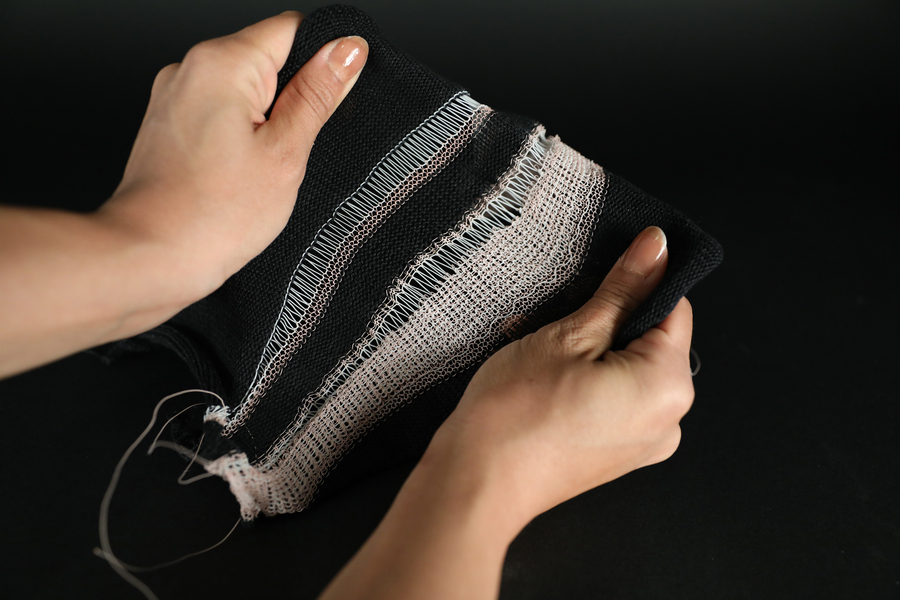2023-10-26 ミシガン大学
 BrushLens helped people with visual impairments locate items on a touchscreen menu in study trials. Image credit: Chen Liang, doctoral student, Computer Science and Engineering
BrushLens helped people with visual impairments locate items on a touchscreen menu in study trials. Image credit: Chen Liang, doctoral student, Computer Science and Engineering
◆試験では、視覚障害を持つ6人と振戦や痙攣のある4人の参加者がデバイスとアプリを試用し、成功裏に機能することが確認されました。BrushLensは、ユーザーがスクリーンをスキャンし、メニューの選択肢を読み上げ、タップするのを支援する画期的なソリューションとして、視覚障害や運動障害を持つユーザーにとって革命的なデバイスである可能性があります。今後は、デザインのさらなる改善とコスト削減が進む予定で、デバイスが一般的なスマートフォンのアクセサリーとして提供されることを期待しています。
<関連情報>
- https://news.umich.edu/new-phone-case-provides-workaround-for-inaccessible-touch-screens/
- https://dl.acm.org/doi/10.1145/3586183.3606730
BrushLens:アクセシブルなタッチスクリーンインターフェース操作のためのハードウェアインタラクションプロキシ(BrushLens: Hardware Interaction Proxies for Accessible Touchscreen Interface Actuation)
Chen Liang,Yasha Iravantchi,Thomas KrolikowskiRuijie Geng,Alanson P. Sample,Anhong Guo
UIST ’23: Proceedings of the 36th Annual ACM Symposium on User Interface Software and Technology Published:29 October 2023
DOI: https://doi.org/10.1145/3586183.3606730
ABSTRACT
We present FibeRobo, a thermally-actuated liquid crystal elastomer (LCE) fiber that can be embedded or structured into textiles and enable silent and responsive interactions with shape-changing, fiber-based interfaces. Three definitive properties distinguish FibeRobo from other actuating threads explored in HCI. First, they exhibit rapid thermal self-reversing actuation with large displacements (∼40%) without twisting. Second, we present a reproducible UV fiber drawing setup that produces hundreds of meters of fiber with a sub-millimeter diameter. Third, FibeRobo is fully compatible with existing textile manufacturing machinery such as weaving looms, embroidery, and industrial knitting machines. This paper contributes to developing temperature-responsive LCE fibers, a facile and scalable fabrication pipeline with optional heating element integration for digital control, mechanical characterization, and the establishment of higher hierarchical textile structures and design space. Finally, we introduce a set of demonstrations that illustrate the design space FibeRobo enables.



